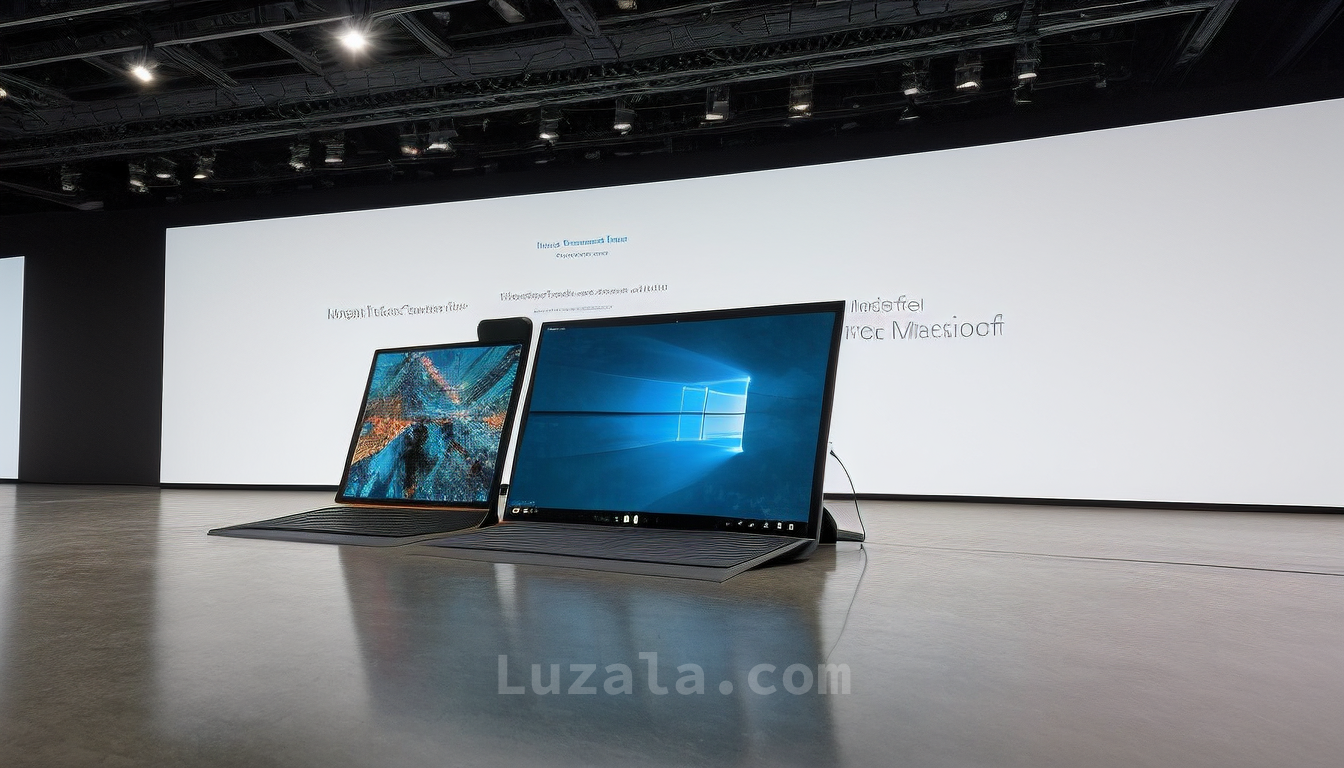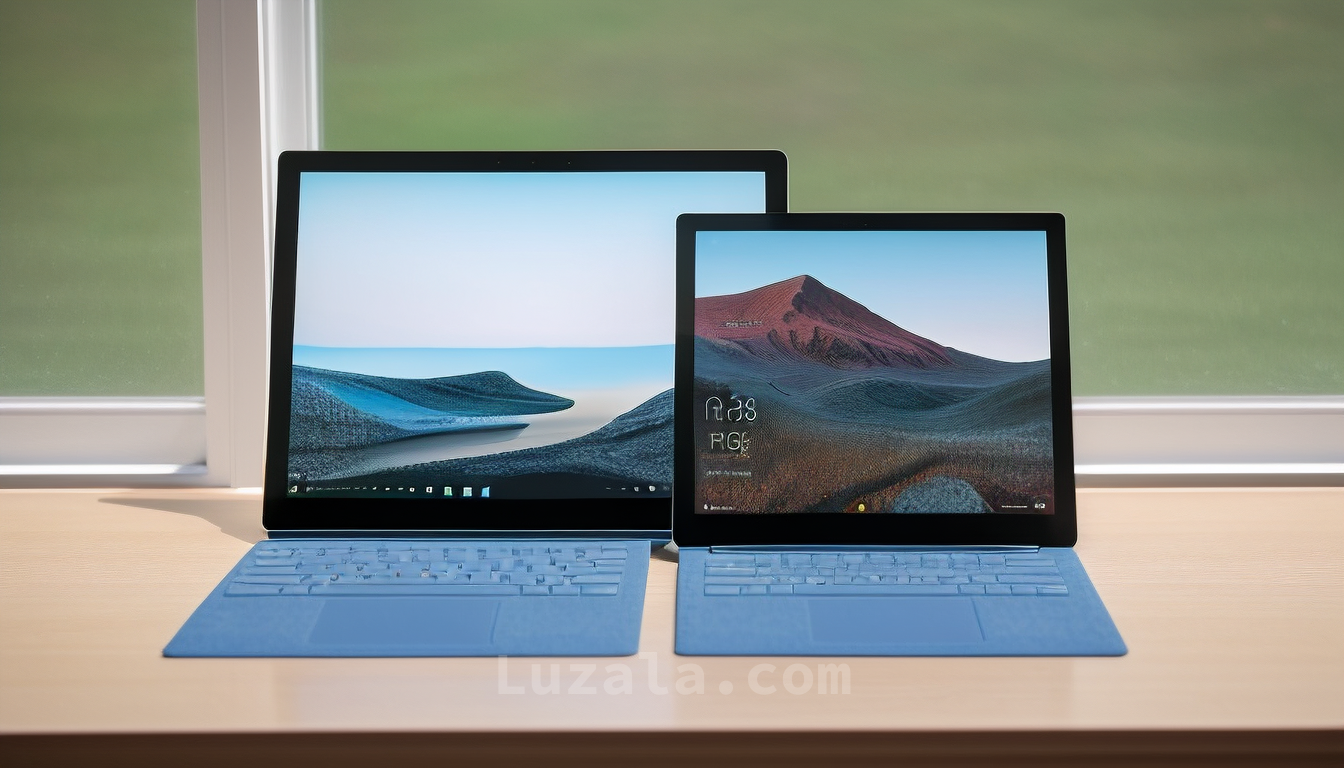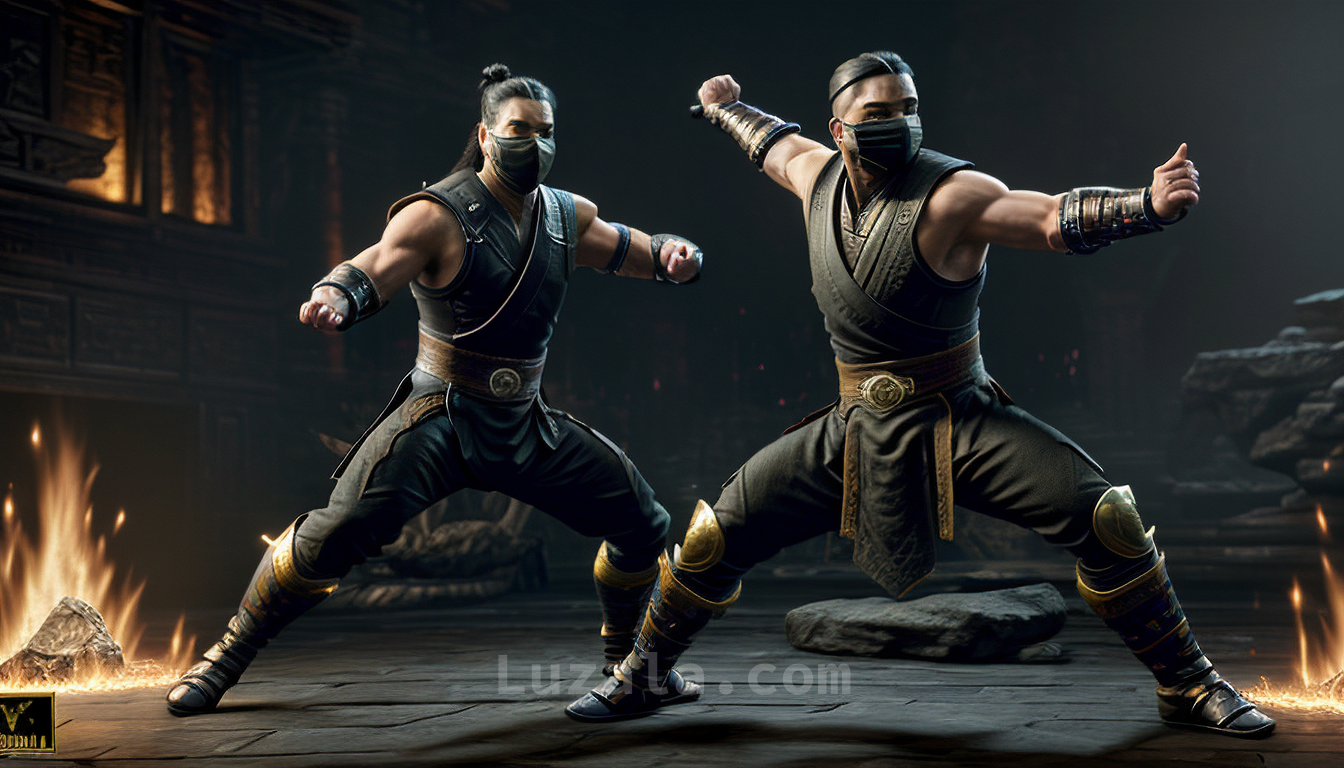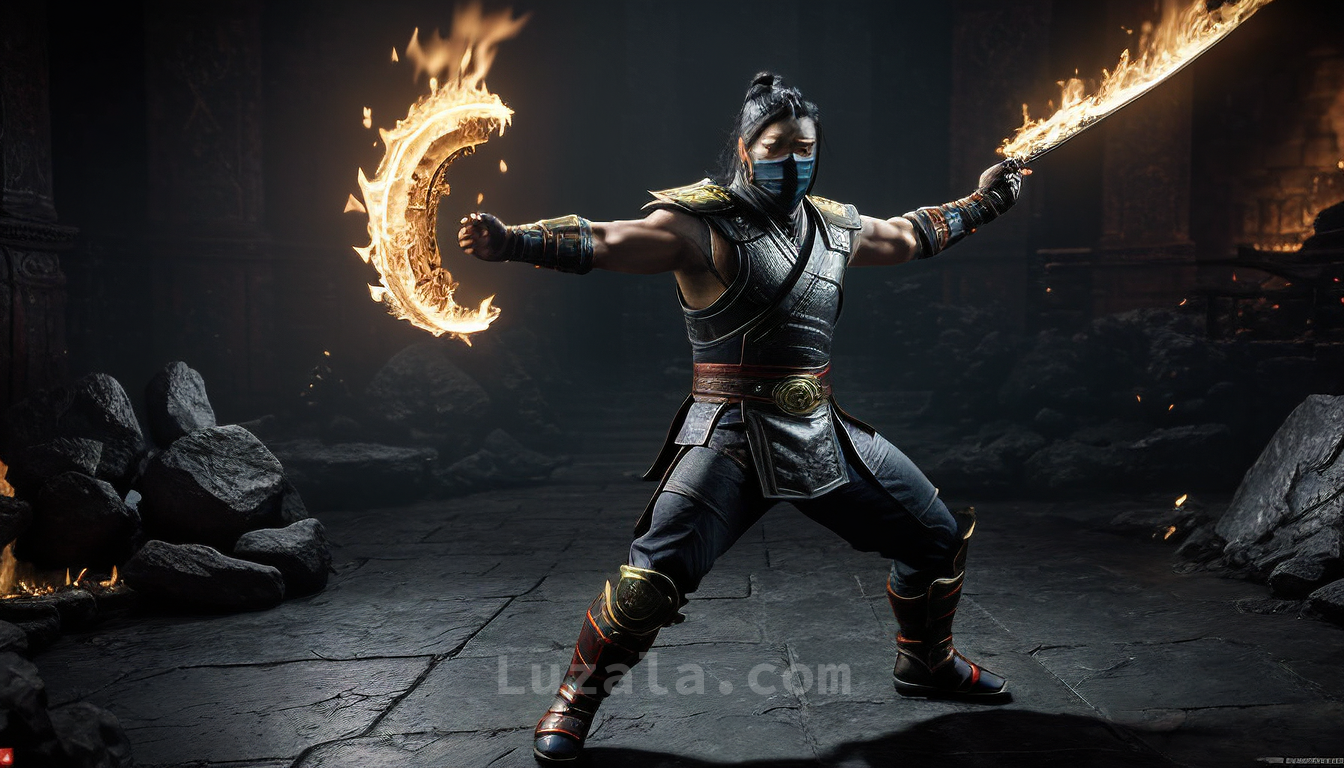Mortal Kombat 1 Review: A Fresh Start for the Iconic Franchise
NetherRealm Studios Mortal Kombat 1 revitalizes the franchise with fresh character narratives, innovative gameplay, and nostalgic nods. However, some flaws in storytelling and limited replayability affect its overall impact.
NetherRealm Studios faced a formidable challenge in rebooting the Mortal Kombat franchise with Mortal Kombat 1. Positioned as the second narrative reset in 12 years, the development team had to infuse this new Mortal Kombat era with freshness while upholding the franchise's reputation for high-quality gameplay over its 30-year history. Mortal Kombat 1 primarily achieves this objective through innovative gameplay mechanics and an unpredictable storyline, although it falls short of reaching masterpiece status.
Mortal Kombat 1 continues the storyline from where MK11 Aftermath left off, with Liu Kang's ascent to godhood as the Keeper Of Time. With the power to create a new universe, Liu Kang reshapes familiar characters into intriguing new roles. Raiden, once the all-powerful Thunder God, now becomes a humble farmer in a small village. Every character undergoes some form of fundamental transformation, although some changes are more subtle than others.
The playable roster exclusively features returning characters from the franchise's past, without introducing any entirely new fighters. However, due to the game's narrative focus, each character feels refreshingly new, with various elements added to their fighting styles, creating a sense of discovery typically reserved for new characters. Mortal Kombat 1 reinvents existing names, and this approach works effectively for most characters, although some changes are less groundbreaking.
Reptile serves as an excellent example of a character who has evolved for the better. While he retains his iconic green-clad ninja appearance and abilities like acid spit and cloaking, the game delves deeper into his Zaterran shape-shifting abilities. This results in a visually stunning animation where he seamlessly transitions between forms, adding depth to his character. On the other hand, Reiko, who has made only two prior appearances in the series, remains a strong soldier type with grapples incorporated into his moveset. While serviceable, his character lacks the level of intrigue found in other cast members.
The introduction of aerial combos stands out as one of the game's brilliant gameplay innovations. Aerial combos not only enhance the visual spectacle but also introduce exciting options, injecting new excitement into Mortal Kombat. Some characters can chain multiple air combos together, delivering substantial damage while showcasing stylish moves. This mechanic encourages players to refine their timing, making successful executions both effective and visually satisfying.
Mortal Kombat's trademark gruesome finishers, Fatalities, return in all their gory glory. These signature finishing moves are as shocking as ever, thanks to creative executions and realistic sound effects. Some Fatalities are bound to surprise even those with high tolerance for graphic content. Additionally, Brutalities make a comeback, functioning similarly to previous titles, providing a blood-soaked exclamation point to the end of a match. Mortal Kombat 1 maintains the franchise's legacy of delivering brutal and visually impressive finishers.
The most significant addition to Mortal Kombat 1's combat is the Kameo assist mechanic. After selecting one of the 23 playable characters, players can choose from a separate roster of fighters who serve as additional assist characters. Most of these Kameos are characters who do not appear on the playable roster, with a few being alternate versions of playable fighters. Each Kameo offers three additional attacks that can be summoned at any time, serving various purposes such as extending combos, countering enemy attacks, or enhancing mobility. Kameos operate on a cooldown system, ensuring that their activations are strategic decisions rather than a constant resource. This mechanic adds depth to the gameplay and introduces beloved characters who might not have made it into the game otherwise.
Kameos represent a clever approach to include characters that would otherwise be absent from the game. Seeing characters like Sareena on-screen, even in a limited capacity, is a treat for long-time fans who have eagerly awaited her return. While not fully realized characters, Kameos acknowledge their existence and offer hope for the resurgence of other underappreciated characters. Additionally, the inclusion of old-school versions of playable characters, such as Sub-Zero and Scorpion, as Kameos adds a layer of strategy to the fighting mechanics while delivering fan service with long-neglected characters.
Voice work plays a significant role in bringing Mortal Kombat 1's characters to life. The majority of the voice talent selected for the game imbues their characters with personality, toughness, and grit, creating a compelling audio experience. However, one notable exception is Megan Fox, the most high-profile actress in the game. While she is undoubtedly an accomplished actress, her voiced lines stand out for their monotony and lack of emotional depth compared to the rest of the cast. While her performance is more tolerable during battles due to the use of different grunts and attack sounds for her character, it becomes jarringly apparent in the campaign. The introduction of high-profile actors into blockbuster video games is appreciated, but Nitara would have benefited from a voiceover that harmonized with the overall cast, similar to the situation with Ronda Rousey's portrayal of Sonya Blade in MK11.
Mortal Kombat 1 weaves a captivating, twisting, and unpredictable narrative, culminating in some of the franchise's most memorable moments. The storyline pays homage to Mortal Kombat's history by incorporating familiar story beats, appealing to long-time fans who have followed the series for three decades. Additionally, the narrative introduces chaos in an entertaining manner, eliciting moments of sheer delight, particularly in the final chapter of the campaign.
The decision to reimagine characters through the story proves to be bold and effective. The narrative explores these new characterizations through interactions between characters, such as the dynamic between Kitana and Mileena or the transformation of Tarkatans like Baraka from savages to Outworlders afflicted by a debilitating disease. These fresh ideas infuse an element of reality into a fantastical story of magic and alternate realms, adding emotional weight to each scene.
However, the campaign is not without flaws. Certain narrative decisions raise questions upon reflection, with Ermac's storyline being a notable example. Without delving into spoilers, Ermac's previously intriguing "being filled with multiple souls" concept undergoes an unexpected shift that erases the appeal of his character. This change occurs suddenly and lacks a compelling explanation, undermining immersion in the story. While the campaign effectively reshapes the Mortal Kombat world, some alterations diminish the impact of affected characters rather than enhancing it.
One caveat of the campaign is its linear nature, offering little replayability once completed. The final chapter introduces a degree of variety by allowing players to choose their fighter, altering some aspects of the final battle. However, this choice represents the sole branching point in the campaign, as players are assigned specific characters in each chapter, in contrast to the previous game's more open character selection. Fortunately, the engaging narrative compensates for these limitations, making up for the lack of replay value, except for the final chapter.
Mortal Kombat 1 offers various gameplay modes beyond the compelling campaign, although they may not provide the same level of engaging gameplay throughout.
Online modes encompass ranked, casual, and private rooms, with a "winner stays on" format called King Of The Hill. The game impressively maintains minimal stuttering in online matches, thanks to the inclusion of rollback netcode. However, the absence of a spectator mode in private rooms represents a significant regression compared to other fighting games.
Single-player modes include the traditional Arcade mode with individual character endings and a novel addition called Invasion. Arcade mode retains the classic Mortal Kombat feel
Download your fonts:
Schreibmaschine Font - Free Download
Wermland Gothic Font - Free Download
The Life of Flight Font - Free Download
Dokter Monstro Font - Free Download
Wicker Man Font - Free Download
DK Bitumen Font - Free Download
Megapolis Font - Free Download















Comments